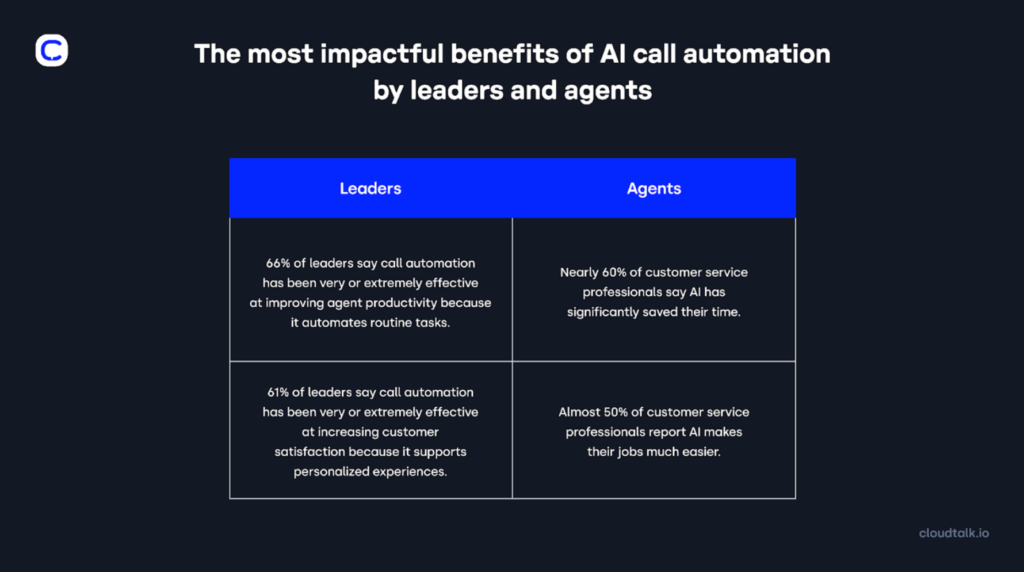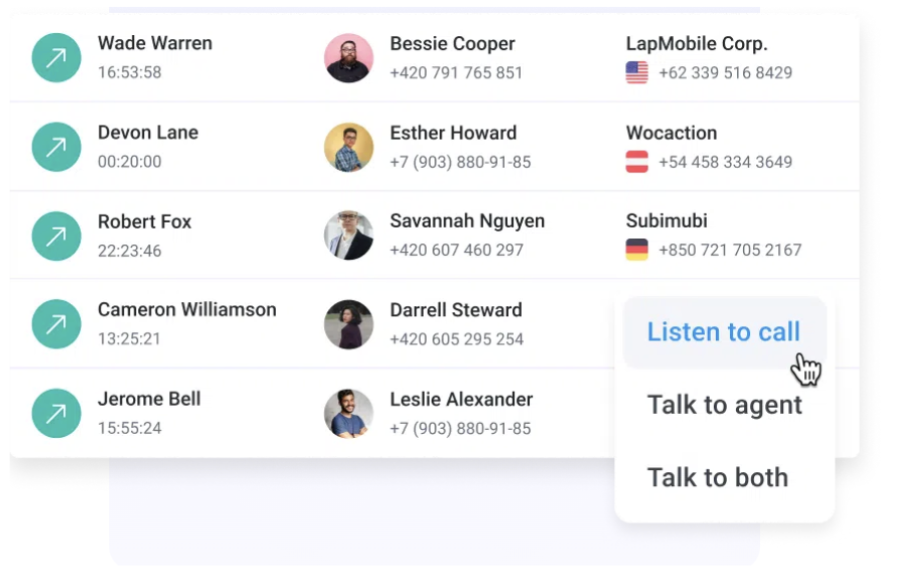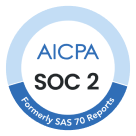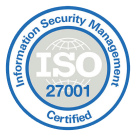
The average sales team spends 30% of its time on activities unrelated to selling*. And, when they’re spending hours contacting unqualified leads and recording data, performance inevitably takes a hit.
With a strong high-velocity sales strategy, you can significantly reduce the time spent on non-revenue-generating tasks. By streamlining workflows, automating data entry, and implementing efficient outreach to generate a higher volume of leads, you can double down on sales outcomes.
In this article, we explore how you can optimize your high-velocity sales approach. We also look at a tool that has the features you need to drive growth within this model.
Key takeaways:
- High-velocity sales focus on speed, efficiency, and volume, making it perfect if you’re trying to scale as quickly as possible.
- A clearly defined sales playbook, ongoing training, and specialized team structure are key to maintaining a consistent high-speed sales funnel.
- Implementing the right automated tools (like Cloudtalk) can significantly improve the performance of your high-velocity sales team.
Sign up for Cloudtalk’s high-velocity sales-ready platform for free.
What is High-Velocity Sales?
A high-velocity sales approach focuses on maximizing the amount of conversations in the shortest possible time by streamlining the entire sales process. The model implements rapid lead generation, predefined qualification, and efficient closing techniques. This requires a data-driven approach, automation, structured cadences, and specialized roles to optimize each stage of the funnel.
Unlike traditional B2B sales techniques, high-velocity sales avoids long cycles and extensive manual touchpoints. The focus shifts to quick decision-making and creating fast-moving sales cycles.
Common industries implementing high-velocity sales strategies include SaaS and ecommerce, or any company that needs to rapidly scale its customer base.
Differences Between High-Velocity and Traditional Sales Models
To better understand where these approaches diverge, here’s a snapshot of the key differences in these methods:
High-Velocity vs. Traditional Sales Models
Difference in
High-velocity sales
Traditional sales
Focus
Speed, efficiency, automation, and high-volume lead handling
Relationship building, flexibility, manual processes, and slower lead nurturing
Cycle length
Short, fast-paced sales cycles focused on quick closes
Longer, relationship-based sales cycle
Cadence
Predefined, automated steps
Flexible, manual steps with less structure
Leads
High volume, automated lead qualification prioritized through tech like AI-driven scoring systems
Lower volume, selective qualification handled manually
Technology
Heavy reliance on CRM, automation tools, and data analytics
Manual processes, personal interventions, and manual tracking
Team
Specialized roles for different stages (e.g., SDRs, AEs)
Generalist roles with broader responsibilities
Benefits of High-Velocity Sales
40% of B2B marketers don’t think their sales teams have the right account intelligence to engage successfully with prospects and sales leads. However, by making effective use of data, high-velocity sales lets you generate an increased number of higher-quality leads.
Real-time scoring techniques, for example, predict the likelihood of conversion, allowing sales teams to tailor their interactions with customers using data without spending hours acquiring it.
Meanwhile, structured cadences and automation guide sales teams through a series of predefined steps to help them consistently engage leads while reducing manual effort.
We explore the key components of a high-velocity sales strategy, next.
Key Components of a High-Velocity Sales Strategy
A high-velocity sales cycle requires three core components to work properly. Let’s take a look:
Lead Generation and Qualification
To maintain the momentum of lead generation, you need analytics tools to identify high-value prospects and streamline the qualification process. Automated lead scoring and real-time data quickly identify the leads most likely to convert.
Sales Process Optimization
Optimizing the sales process means you have to cut time and manual effort wherever possible, from initial contact to closing.
You can achieve this through high-quality CRM systems that manage customer interactions and centralize sales scripts to maintain consistency. In fact, 45% of companies report their use of CRM software increased sales revenue. You can also use call center analytics to assess performance and measure success according to your KPIs.
Meanwhile, automating key tasks like follow-ups, data entry, and scheduling allows sales reps to dedicate more time to high-value activities. Tools such as CloudTalk with automated Call Routing and Integration with CRM software further support this, significantly improving sales velocity by cutting down the number of different tools needed to close.
For example, with AI-driven Sentiment Analysis, you can analyze customer interactions to gauge how they’re feeling. This helps agents understand customer emotions in real time so it’s easier to shift strategies or find the right time to pitch. Meanwhile, the Talk-Listen Ratio reveals agent engagement levels so they can adjust their responses accordingly.

Sales Team Structure and Roles
In a high-velocity sales team, the structure is usually divided into more specialized roles to maximize efficiency. By dividing the workload, each team member can concentrate on dedicated roles, improving overall productivity.
These roles generally include:
- Sales Development Representatives (SDRs). Focus on lead generation and qualification.
- Account Executives (AEs). Focus on closing deals and providing personalized customer engagement.
- Customer Success Managers (CSMs). Focus on customer satisfaction and ensuring post-sale retention.
How to Create a High-Velocity Sales Strategy in 6 Steps
Now that you know what goes into a high-velocity sales strategy, here’s how to structure it in six steps.
1. Implement Effective Sales Tools
Sales automation platforms, CRM systems, and advanced telephony solutions let you automate routine tasks and focus on high-priority leads. Harnessing the power of data analytics is also crucial to gaining insights into sales activities to maximize conversions.
Implementing sales tools with automated notifications and workflows can alert sales reps when a lead takes predefined actions such as filling out a form or engaging with an email. Whatever the trigger, quick follow-ups exponentially improve conversions by engaging leads when they’re most likely to buy. This maintains the momentum of high-velocity sales and reduces wait times between touchpoints.
Meanwhile, advanced telephony solutions like CloudTalk feature advanced call management in a Real-Time Dashboard. This helps you manage large columns of leads without compromising on quality.
For example, Leadspicker reduced its sales cycle by 92% by using Cloudtalk’s AI-powered automation features, real-time analytics, agent support, and performance analysis. Find out more.
2. Develop a High-Impact Sales Playbook
A well-crafted sales playbook standardizes the sales process and ensures everybody on your team has clear guidelines and resources for every stage of the customer journey.
This should include sales scripts and templates for each stage of the process, along with detailed workflows and guidance on handling common objections.
It’s also a good idea to involve your highest-performing sales reps in the development of a sales playbook. After all, they probably have the best understanding of what makes your customer base tick.
Start by mapping each stage of the sales funnel and align each with specific scripts or templates. This will save time and help to ensure a consistent professional standard across different team members. Then you can use case studies and real-world examples from high-performing reps to guide staff through different scenarios.
It’s also important to develop best practices your entire team is aware of. For example, you should set and assess the optimal Talk-To-Listen Ratio and define your sales cadence.
3. Train and Coach Sales Teams
Sales leaders point to team training as their number one tactic for growth. This should include a comprehensive onboarding program, continuous coaching, and assisting agents through 3-Way Calling.

With Cloudtalk’s real-time feedback and coaching tools, you can help reps develop on the fly. This can help you adjust tactics during live calls and minimize the downtime associated with traditional training methods.
Discover the Future of Conversations
5. Overcome Common Challenges
Research shows that 90% of sales teams experience burnout, but high-velocity sales comes with its own unique challenge: Lead overload.
To overcome these hurdles, it’s crucial to set realistic goals and use solutions to ensure a fair distribution of leads, reduce low-value busy work, and provide ongoing support to your team to improve agent performance.
Automating workflows and harnessing AI-driven lead scoring can reduce the administrative burden on sales reps. Meanwhile, solutions with features like automated Call Queuing can cut their workloads by redirecting callers to backup queues or voicemail.
Performance tracking tools can also be a game changer here and help to identify and address burnout early before it leads to further performance issues or health-related absences.
6. Measure and Refine Your Strategy
Continuous measurement and refinement are key to ensuring the success of your sales strategy. You can achieve this by implementing feedback loops and continuous improvement practices to adapt your strategy to the market conditions.
Identify and track key metrics to identify areas for improvement including:
- Lead volume: How many new leads are coming into the sales team.
- Sales velocity: How quickly deals/customers move through the pipeline.
- Conversion rate: The percentage of leads that convert to paying customers.
Analyzing these metrics will let you assess the overall health of your sales pipeline and opportunities to refine your strategy.
For example, if lead volume is down you could expand generation efforts through content marketing, paid ads, or social prospecting. This will increase the number of raw opportunities in the pipeline.
On the other hand, having a pipeline full of quality leads but low conversions might indicate low sales velocity, meaning processes need to be streamlined.
Finally, if leads are high, velocity is fast, but conversions are low, perhaps the lead qualification process needs to be looked at. This will cut out low-quality leads which waste time and dilute conversion rates.
With the right tools, training, and processes, implementing a high-velocity sales strategy can transform your sales outcomes and boost revenue in half the time.
Scaling Faster With An Optimized High-Velocity Sales Strategy
Embracing high-velocity strategies will help you scale your sales efforts rapidly while maintaining high-quality interactions and boosting overall productivity.
Developing a high-impact sales playbook and training your teams can help, but what you really need are the right tools.
For an effective transition to a high-velocity sales model, consider partnering with CloudTalk. We provide AI-powered automation features, real-time analytics, agent support, and performance analysis to improve your sales process, enhance customer interactions, and drive more conversions.
Digital baking app, Revolut cut 40 hours from sales operations monthly with CloudTalk:
✅86,840+ outbound calls
✅113,153+ active call minutes
✅193+ phone numbers
Book a demo for Cloudtalk’s high-velocity sales-ready platform.

















